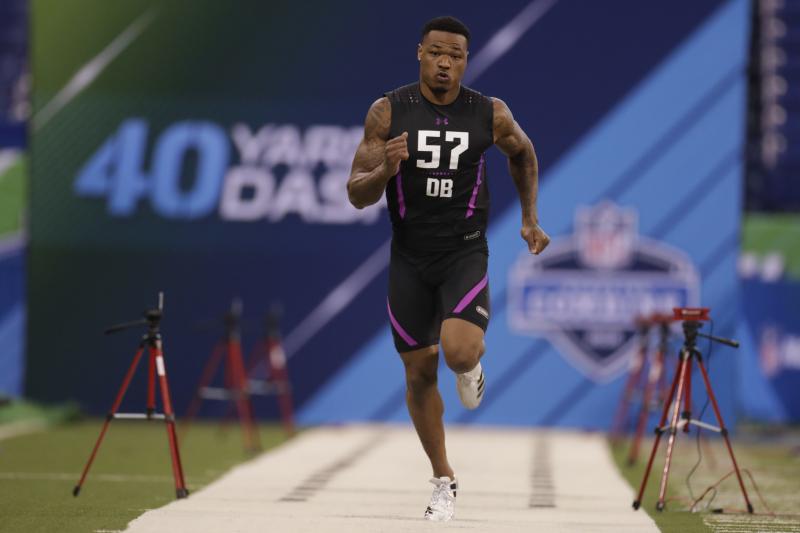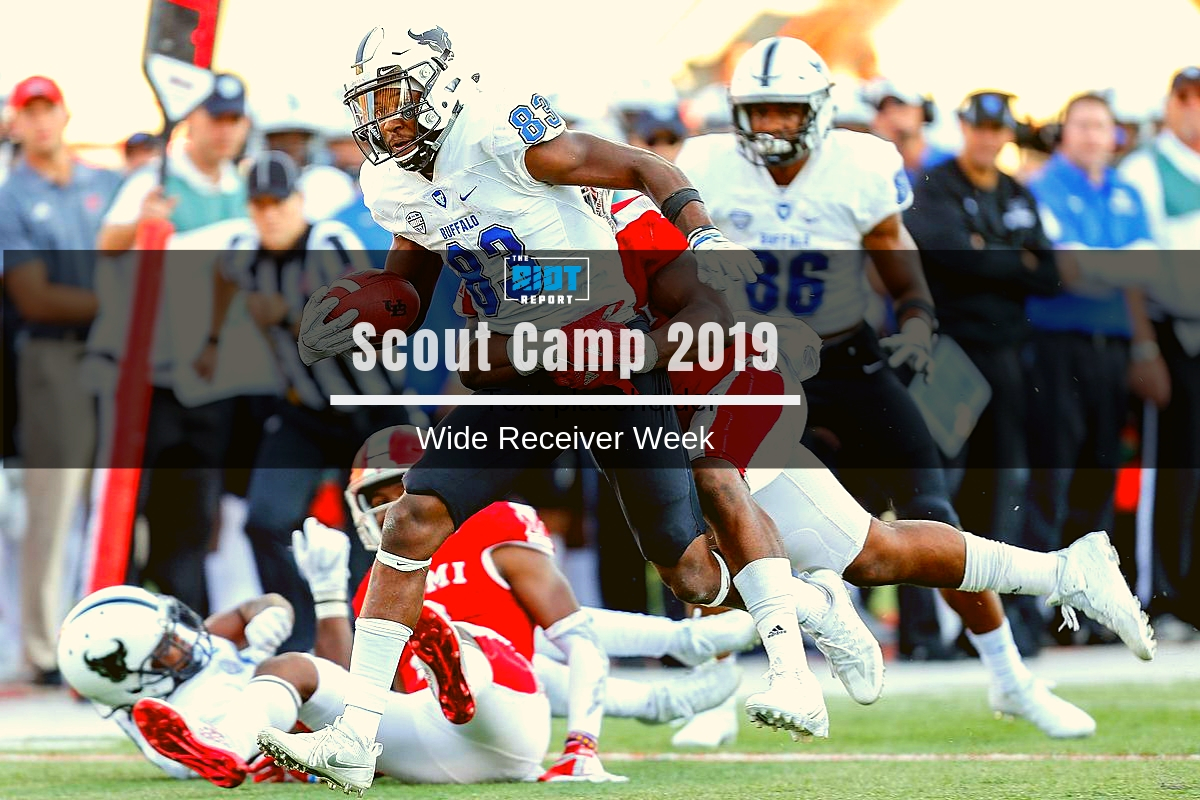It’s that time of the year again, and The Riot Report is proud to bring back the Scout Camp series for 2019. As with last season, we will go position-by-position with each position getting a big board and a series of player profiles over the course of the week – only this year we’re adding to the coverage a weekly podcast where myself and co-host Dan Kreso will go into detail on prospects, discussing what makes sense for the Panthers at each position. The pilot of this podcast where we look over the state of the Panthers’ roster can be found here. But how do I evaluate players, and why does that lead to a different point of view that you’re likely to see elsewhere?
Some Starting Business
First of all, I should stress that all of the rankings given here and throughout this series do not take into account injury history or off-the-field concerns; as I have said before, sports medicine and behavioral psychology are not areas I know a huge amount and it would be irresponsible for me to make judgments on players based on incomplete evidence and regarding things in which I claim no expertise.
So I don’t.

Derwin James. Photo Credit: Michael Conroy/Associated Press
Secondly, it should also be noted that these evaluations are exclusively based on publicly available tape – like most media outlets we don’t have access to college coaching tape or extensive prospect interviews, so there will be gaps in our evaluations compared to actual NFL teams; while I think this largely isn’t an issue, when it comes to quarterbacks and cornerbacks, this will limit the conclusions I am able to draw.
In terms of how my tape evaluations vary from other sites, I tend to focus primarily on technical skill sets in combination with athletic indicators with very little credence given to college production or generalized athletic or skill traits. In order to make this clear on a prospect-by-prospect basis – and a change from last year’s big boards – I break down each prospect in terms of their athletic traits, their core technical skills and the additional extras that make good players great. This in itself doesn’t make my evaluations any more or less accurate, but if done well, it hopefully gives the best estimate of both what a prospect does well, what they don’t do well and how they could develop going forward.
Crucially, this is a fundamentally subjective assessment, all scouting is no matter what you might hear, and there will be some players where I simply disagree with other evaluations and where other evaluators disagree among themselves. I hope to justify all of my assessments, and there will be times where I will prove to be wrong, but the aim here is to successful in the aggregate and to put a value not just on how good a player might become or how good they are now, but also what is a reasonable distribution of outcomes between those two points.
With all that said, lets get started, and as you will have seen from the title the first position group we are going to look at is the receiver class – while this is unlikely to be an area the Panthers target in the first few rounds of the draft, given that they potentially have a number of departing players, this could be something the Panthers look to address in the later rounds of the draft. So what does the 2019 receiver group look like?
Up Next: The Big Board



